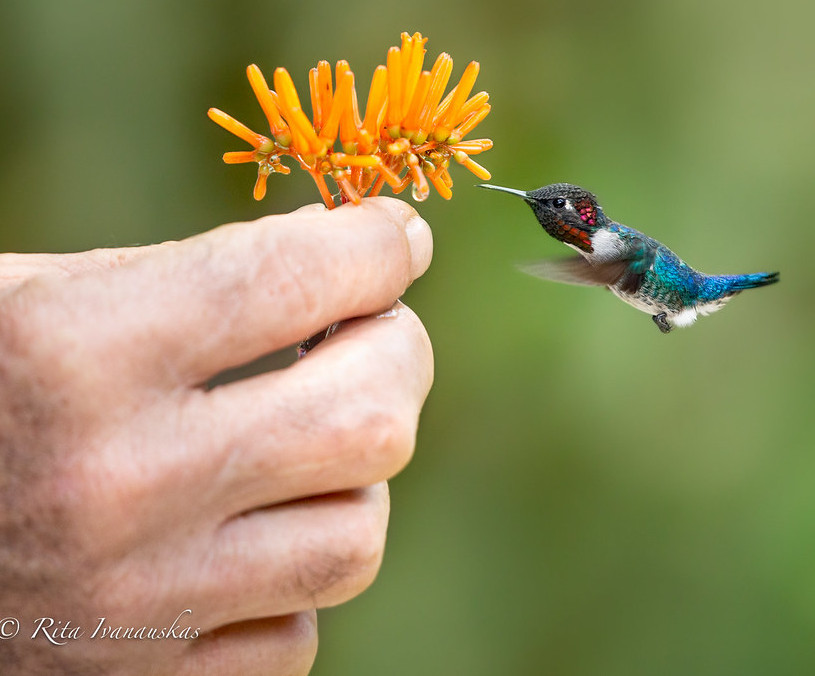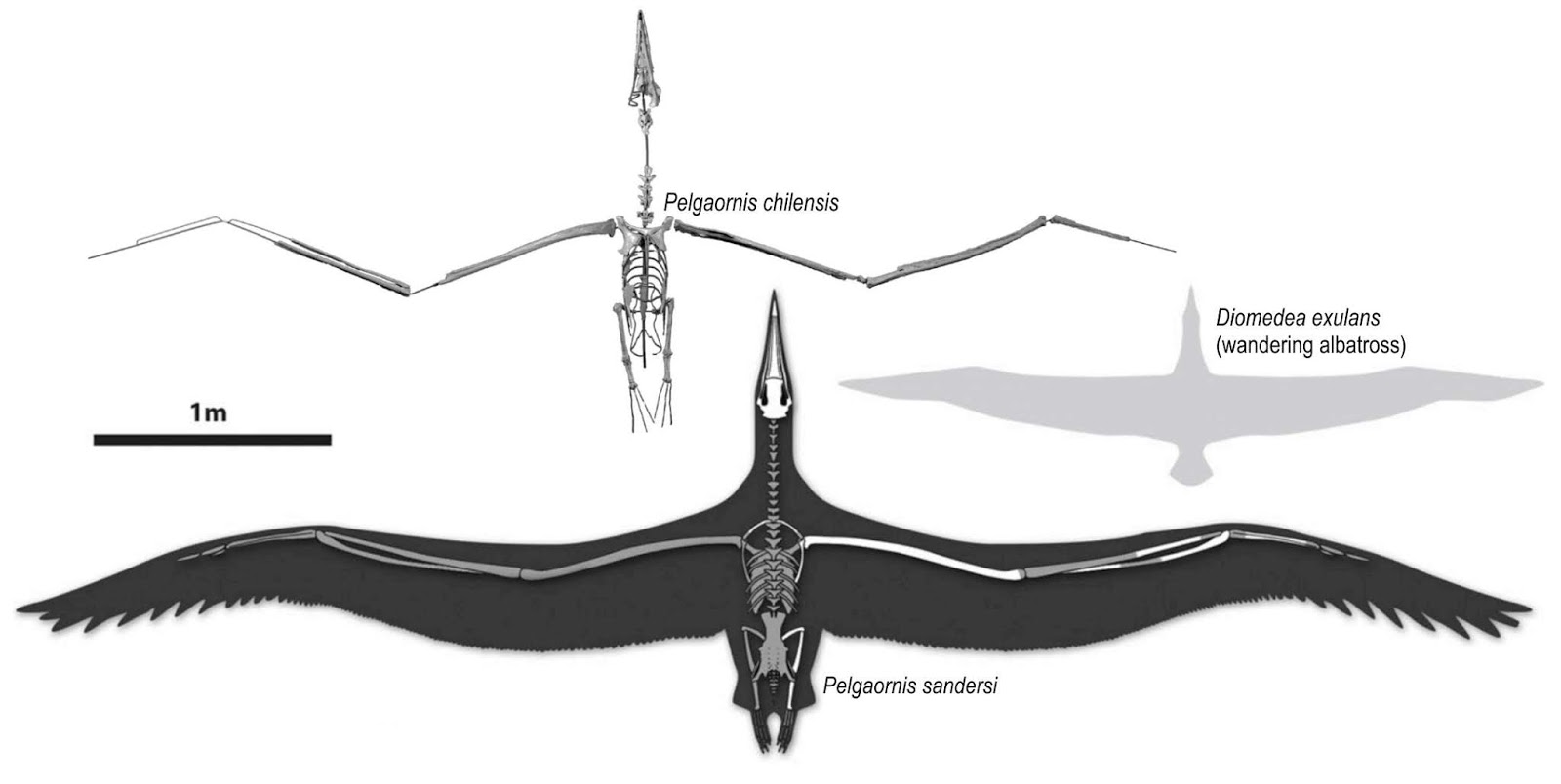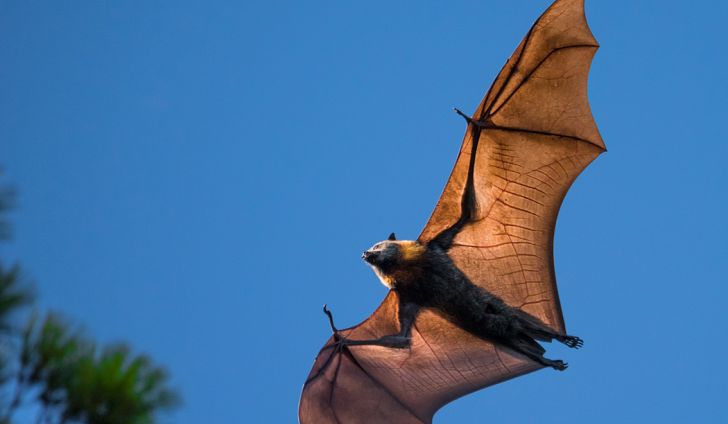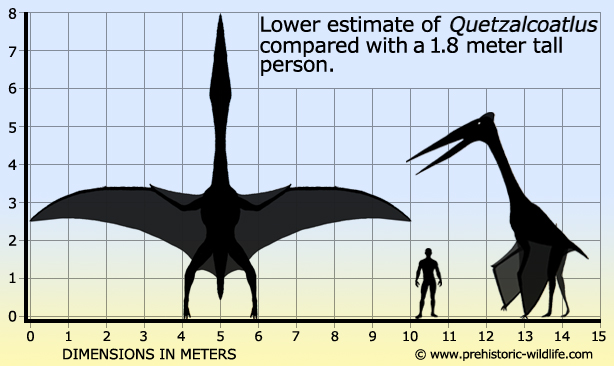 |
 |
|
Making paper blowdarts
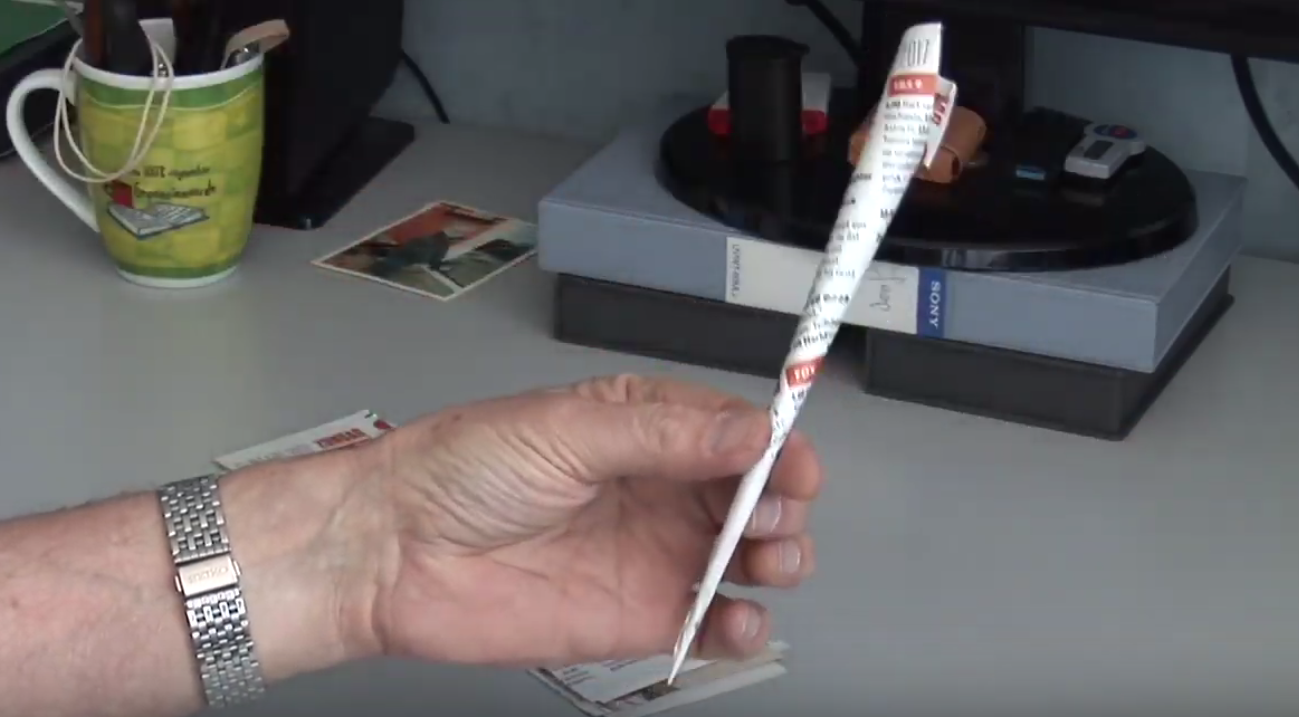 This is an activity that I do at the
Children's Museum.
This is an activity that I do at the
Children's Museum.
Where I grew up in Holland, everyone knew how to do this. It was one of those
things that came and went in waves - one day we were all running around with
wads of paper tucked in our belts and a piece of PVC tube, playing
cowboys and indians. Then a week later it was all over except for paper
darts all over the bushes and yards.
It seems no one in the US knows how to make the darts, so it's time
for some cultural exchange.
At the
Children's Museum,
I also let the kids cut their own section of PVC
tube, and decorate it with colored tape.
In 2 hours, I go through 3-4 10' 1/2" pvc pipe. The best paper to use is
paper from glossy catalogs.
Spring 2017
|
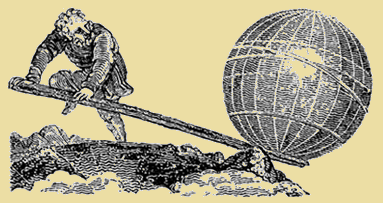
"Give me a place to stand and I will move the Earth" said Archimedes (287-212 BC).
"Simple Machines" include the lever, the wheel and axle, inclined plane, wedge, screw and pulley.
For this subject we made an outing to the
Santa Fe Children's Museum,
primarily because it has this machine where kids can hoist themselves up.
Each of the three seats has a different pulley system attached, so you
quickly find out which one is the easiest to get you to the top, and which
one is the fastest.
I also brought some 2-by's and a pivot, as well as a bathroom scale. This
made a sort of teeter-totter, where we balanced one or two kids standing on
one end, and one or two standing on the other end, and observing that if you
multiply the weight on one side times the distance from the fulcrum, this
equals the weight times distance on the opposite end.

| 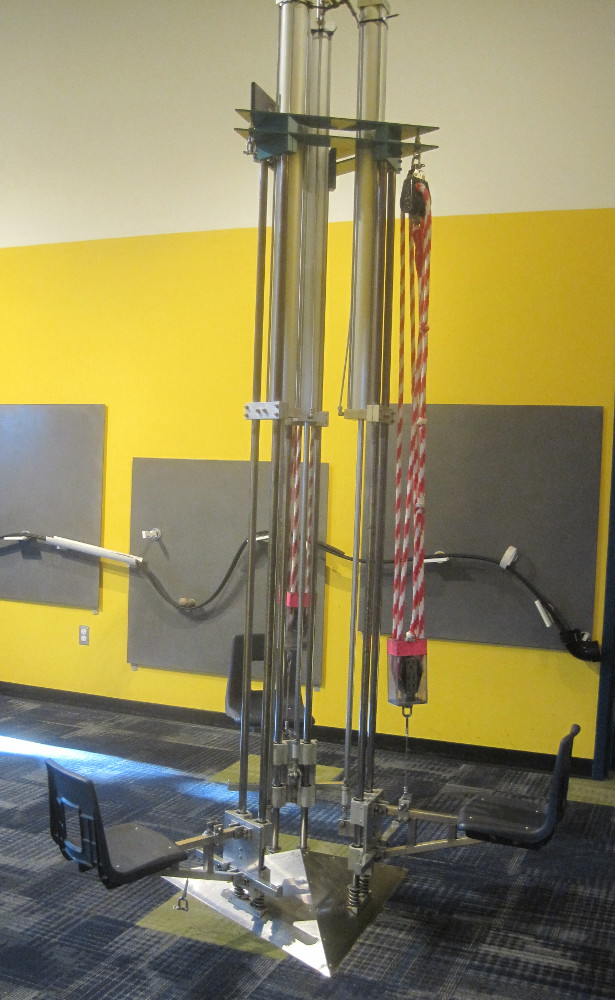
|
Links:
|
yyy
yearly since 2005
|
In 2019, the science curriculum in the 6th grade started with the growing
body, so the first session I brought out the
eyeball, showing how the eye and the brain
conspire to produce what we think is visual reality. This week, I continued
with the ear and auditory perception.
outer ear auricle, pinna -> funnel
ear canal, wax cilia
eardrum timpanic membrane
middle ear (air) hammer (malleus), anvil (incus) stirrup (stapes), oval window, round window.
inner ear cochlea
human ear
tone generator
illusions
|
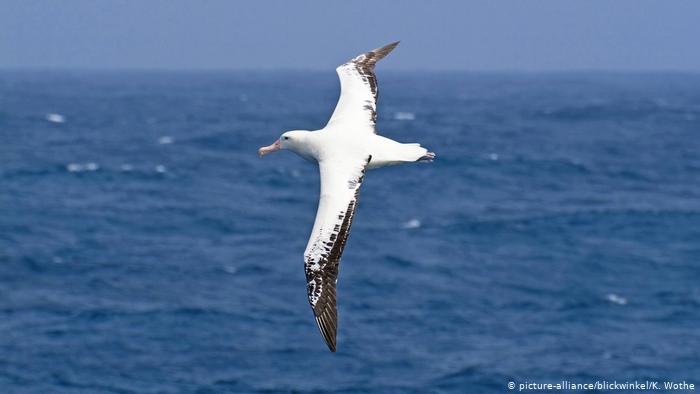
People have been dreaming about flying probably for as long as our species
has been around.
So how can birds do what the human body cannot? I pointed out a few crucial adaptations that enable birds to fly:
- Reduce weight: bird bones are hollow. The shafts of feathers are hollow.
- The muscles that power the wings are huge. For example, the meat in
the chicken breast on your dinner plate are the bird's flight muscles.
- To power these muscles, birds need lots of oxygen, so their lungs are
more efficient than ours. See
the
animation on this page.
- Wings: of course you need wings. Birds build them out of lightweight
feathers.
- Streamlining: bird's bodies are shaped to reduce air resistance.
- Bird's body temperature is higher, enabling faster burning of fuel,
among other things. It is 40°C/104°F.
These points are illustrated in this video.
To show the enormous size of some of these flyers (albatross, pelgaornis
flying fox), I made cloth cutouts. It takes several kids stretching
across the whole classroom to hold up Pelgaornis.
I also made a cutout of Quetzalcoatlus, measuring 33' tip-to-tip, but
we had to go outside and lay it out on the street.
|

|
March 2018
|
|
|



 This is an activity that I do at the
This is an activity that I do at the


